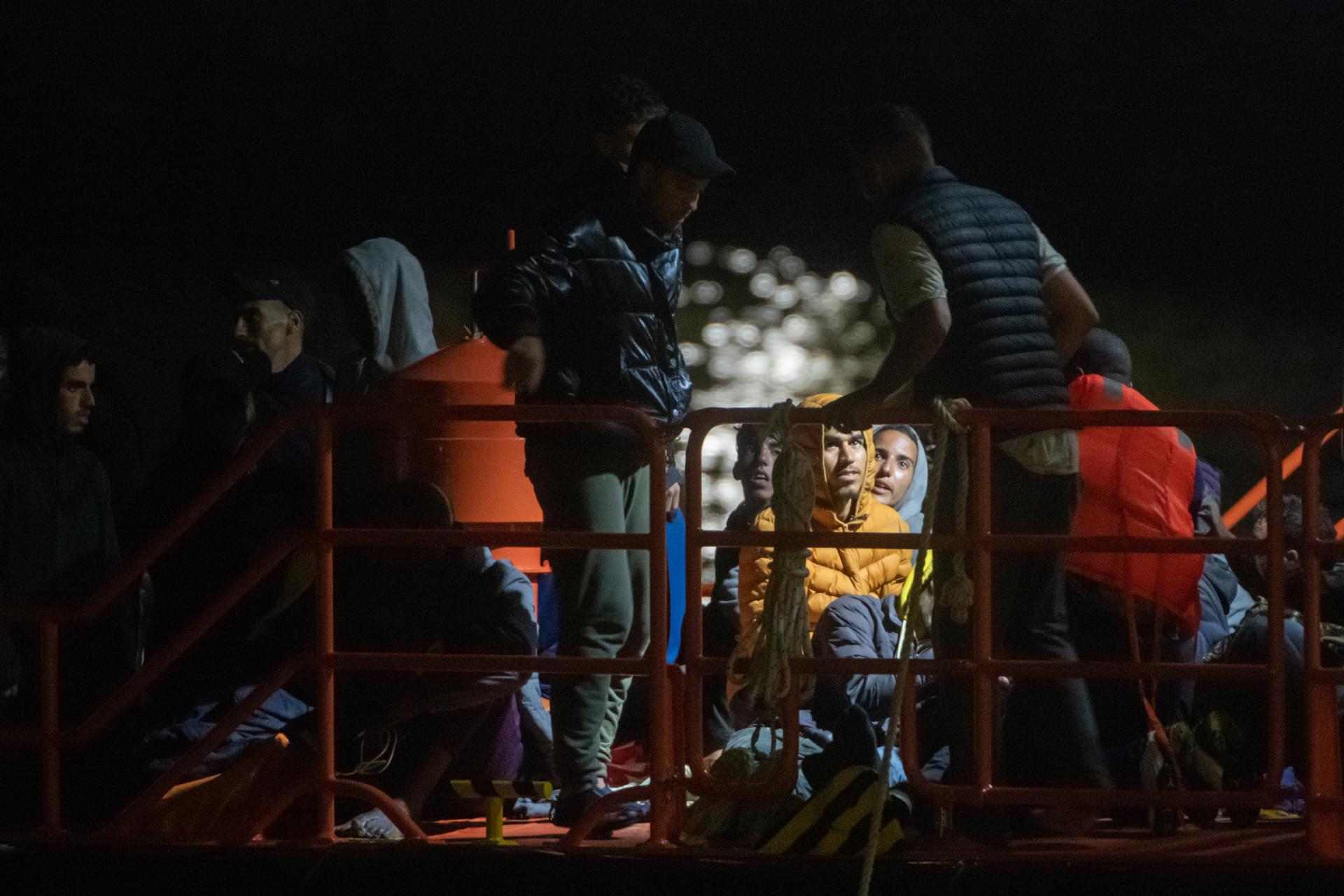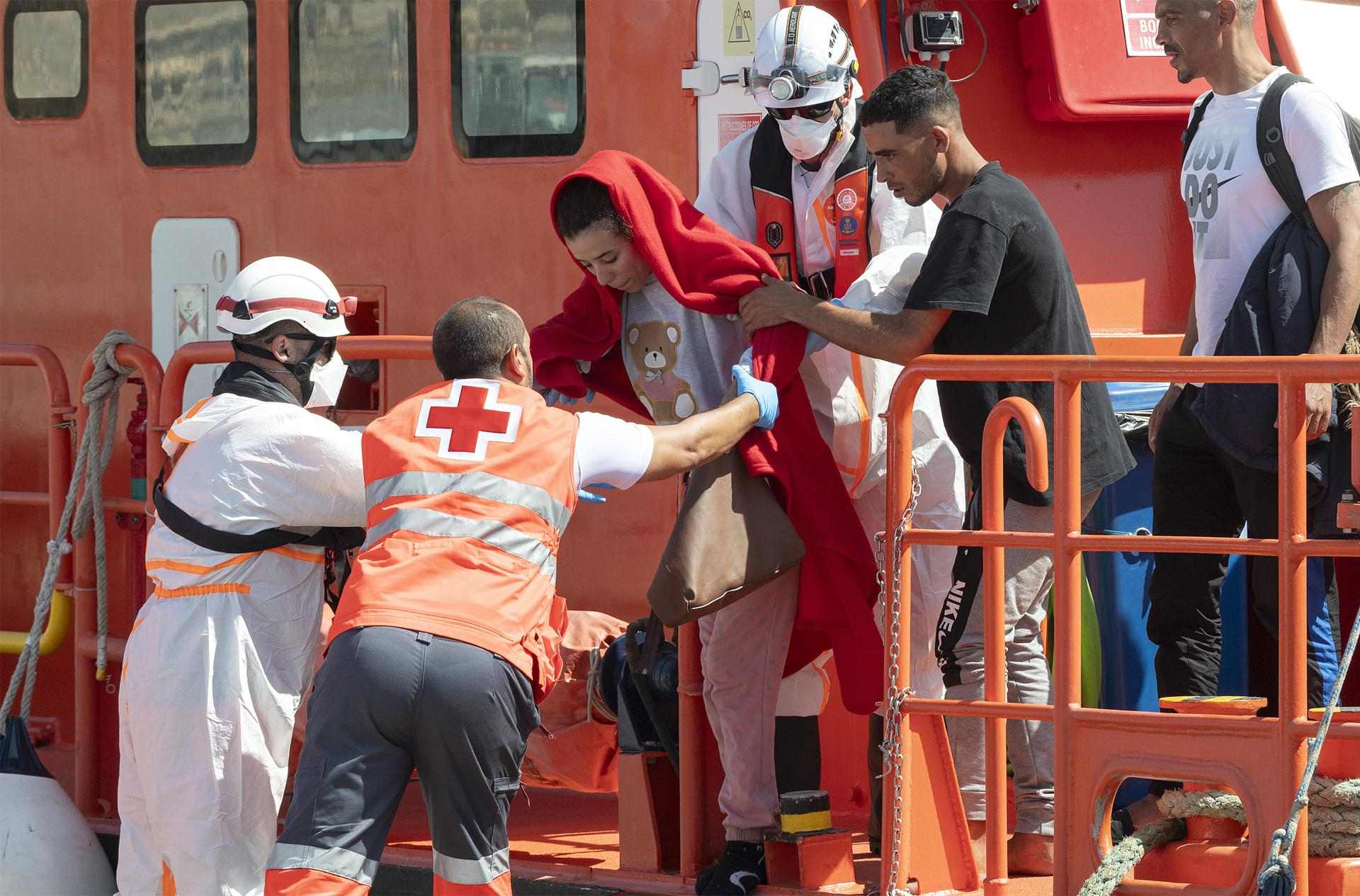In the last 24 hours, around 700 migrants in small and precarious vessels have come ashore on the Spanish coasts of Granada, Alicante, the Balearics and, above all, the Canary Islands. Spain's southern island group has seen a major rise in the number of migrants arriving by sea from the coasts of North Africa. According to government data, Spain ended 2022 with a 25.6% decrease in irregular immigration. "The reduction is more pronounced in arrivals by sea, which show a generalized fall on the coasts of the peninsula, Ceuta, the Balearic Islands and the Canary Islands, both in terms of the number of irregular immigrants and the number of boats." Why, then, this sudden change in 2023? What's behind it? What is the situation in the Canary Islands?
What is happening in the Canary Islands?
According to Radio Televisión Canaria, 4,616 migrants from the African continent have reached the Canary Island coasts since the start of October. They have arrived on a total of 55 precarious craft. These are extraordinary figures even within the upswing experienced by the islands since earlier in the year: in fact, the last ten days have seen 23% of the total arrivals for the whole year. While the volume of arrivals so far in October is exceptionally high, it is symptomatic of a trend: the use of sea routes by intending migrants is again increasing. All in all, it has pushed the reception system in the Canarian autonomous community to the limit, causing its government to demand collective solutions from the state.
Why this change?
In the diplomatic tug-of-war between Spain and Morocco over the years, many means of pressure have been used by both sides. Morocco has often used its ability to partially control the migration tap to put pressure on the government in Madrid. However, with the relationship between the two countries having improved during 2022, Rabat has taken a stronger approach to regulating migration. That is to say, many of the migratory flows that formerly passed through Morocco or its coasts have been barred. However, when any door closes, a window opens (especially when people are looking for it).

While Morocco is now exerting greater controls over its coasts and those of Western Sahara, political instability in Senegal means that many young people are leaving, even if the usual routes are better guarded. Many of the migrants who are arriving on the Canarian coasts are from this country and report situations of extreme poverty and repression from the state's security forces for political reasons.
Another change: El Hierro
There is also another change to consider. Traditionally, most boats have arrived in Lanzarote, Gran Canaria or Tenerife, these being the islands closest to the African coast. However, recently El Hierro, an island with just over 11,000 inhabitants and located at the south-western end of the archipelago, has been receiving the most boats. In the first week of October alone, more than 5,000 people arrived in migrant vessels. What is this change due to? El País quotes experts who assert that because the island is more remote than other routes, the authorities are less likely to intervene. It must be remembered that maritime routes are among the most dangerous for migrants, but in addition, the mid-Atlantic location of El Hierro, almost 500 kilometres from the African coast, makes the crossing extremely dangerous.
What is being done?
"Not one call, not one show of support:" that is how the executive of Canary Islands autonomous government has summed up the attitude to the crisis from the Spanish administration in Madrid over recent months. Finally, Spain's ministry of social rights has agreed, along with other autonomous communities, on the "solidarity transfer" of 396 unaccompanied migrant children and adolescents from the Canary Islands and Ceuta to other parts of the Spanish state. This is an emergency measure, not a solution; it must be remembered that in the Canary Islands thousands of adults are still in the reception system.
Both the Canary executive and the representative of the Canarian Coalition (CC) in Spain's Congress are focusing their demands in Madrid on this rise in migrant arrivals, not only because of its volume but because of the change in its morphology, with El Hierro becoming the new focus of the crisis. In fact, in the pact that CC made when supporting the failed attempt by Alberto Núñez Feijóo to be new prime minister, the management of migration that reaches the islands was included as a key point in the Canary Islands agenda. It is to be expected that in the new negotiations, now to invest Pedro Sánchez as PM, this issue will remain an indispensable requirement if the island MP is to support the Socialist candidate.

